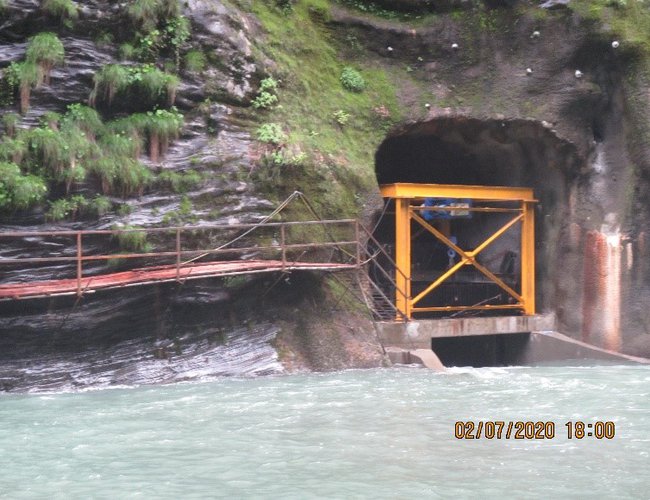
It was 9:45 am on Sunday morning, July 8. The water of Melamchi River, which flows to Indrawati, got diverted to a tunnel through a cofferdam built at the river. Following this, the journey of Melamchi water started towards the Bagmati basin, going down a 27-kilometer tunnel.
According to tunnel testing protocol, it will take 17 days to fill the tunnel or the tunnel will be filled with water by 22 of July. As per the protocol, water needs to store 10 days inside the tunnel. Similarly, it will take another 17 days to release the water. 7 days will be spared to inspect the tunnel. The testing and trial period will take 51 days. Then another 17 days for filling the water for the distribution to Kathmandu. It means water will arrive in Kathmandu for distribution another 70 days or second week of September.
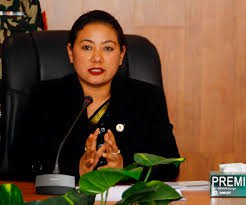
Although it will take a certain time to start the distribution of water all over the valley, a few lucky costumers having old connections will receive the water of Melamchi from the second week of September.
Despite bringing the water, it will not drastically change the current state of water supply but people will get at least two hours of supply daily. However, it will increase following the construction of the 9-kilometer tunnel linking Yangri and Larke.
It was a great moment for development partners, planners, technicians and persons involved to make the project a success. Built-in most fragile geology at the Himalayan fault line, the construction of a 27-kilometer long tunnel is itself a technical challenge overcome by a country like Nepal which does not have any experience of going through this kind of megastructure in its history.
Asian Development Bank’s Kathmandu Residence Mission has also expressed its happiness by sending a congratulatory letter to the secretary of Drinking Water Madhav Belbase.
Started 21 December 2000, the Melamchi Water Supply Project is assisted by the Asian Development Bank to bring 170 million liters of water per day to Kathmandu. The construction work of the project started in 2008.
However, the second phase of construction of the tunnel to Yangri and Larke to bring an additional 340 million liters is still in the planning phase.
Although the water is diverted by constructing a temporary cofferdam, the construction of permanent structure including diversion weir, river-training structures, and sediment exclusion basin is going on.
As the water diversion, the testing and commissioning tunnel and other works begun, Minister for Drinking Water Bina Magar, whose last decision had virtually pushed the project to collapse, might be the happiest person to see completion. She has seen the project going into turmoil and returning to the right track again through her own decisions.
Financed by Asian Development Bank with various partners including JICA, Finland and others, Melamchi Project is now a reality and no more rhetoric.
Since 1973, the government has explored alternative sources of water to Kathmandu valley. In 1988, British consultants suggested Melamchi as a viable alternative project. In 1992, Snowy Mountain Engineering Corporation SMEC carried out a full feasibility study. In 1996, the bankable study was carried out and Norplant published the updated results in 1999.
Although many secretaries and project managers have played different roles to make this mega project a success, Secretary Madhav Belbase, who always prefers to remain in a shadow, has facilitated quietly with different groups, contractors, technicians to bring to fruition the first basin diverting project.
Secretary Belbase never boats his personal qualities. However, Belbase, who was a key technical person behind using TBM in Bheri Babai Diversion Project, has immensely contributed to complete the tunnel of inter-basin water transfer and multipurpose projects using modern technologies.
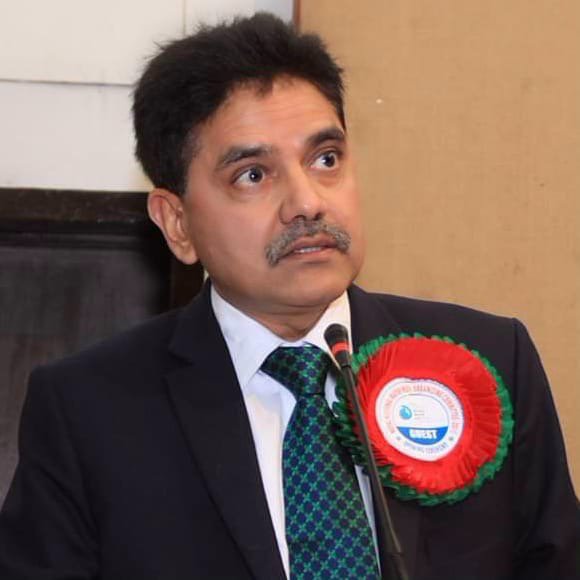
During his tenure as Director-General of Department of Irrigation, Belbase implemented Improvement of Community Managed Irrigation systems all over Nepal.
Having a wide knowledge and experience in basin transfer, secretary Belbase played a key role to implement Sunkosi-Marin Diversion Project and Kali Gandaki Tinau diversion. Coincidently, he is now in a ministry under which testing and commissioning of Melamchi Drinking Water Project are undergoing. This is the first large scale basin diversion project in Nepal.
In his entire career, secretary Belbase remained active in planning and implementation. During his tenure as a joint secretary at Water and Energy Commission, secretary Belbase finalized a proposal to start the basin plan of all rivers in Nepal.
“This is a great time for me to see the testing and commissioning of Melamchi Project. This is a moment of pride for all of us to see a great technical achievement completed with the involvement of many Nepali and foreign technicians. Despite taking time, Nepalese technicians have also learned many things through this,” said secretary Belbase.
The immediate predecessor of secretary Belbase, former secretary Deependra Nath Sharma, who played a crucial role in arranging contract award, the modality of construction and timeline just before retirement, recently made his comment with jubilation.
Sharma, who facilitated in settling the issue of payment with local vendors and subcontractors of previous Italian Contractor, wrote in his Facebook wall visiting the project work on June 28.
“Light at the end of the tunnel! Let’s appreciate those who have been working during this pandemic!! MELAMCHI coming!!!”
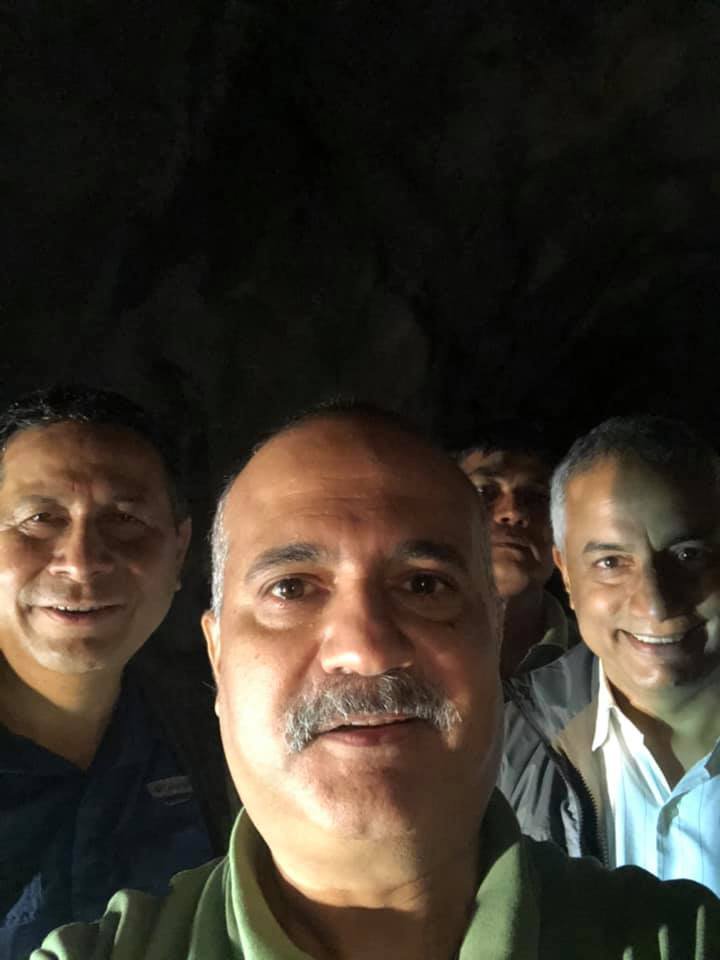
Given the decision taken during his role as a secretary, Sharma had reasons for jubilation.
20 Years of Melamchi
In the last 20 years, 14 individuals served as Executive Directors of the Melamchi Water Supply Development Board. Executive Director Tiresh Prasad Khatri, who is in charge of commissioning and testing of the structures including a 27-kilometer tunnel, testing and commissioning of megaproject is a great moment in Nepal.
“We started the project 20 years ago without any experience of construction of such a megaproject. However, we have learned many technical as well as managerial skills including contract management, mobilization and contract bidding of large scale,” said Khatri. “With the funding gap, contractors problem, technical problem, the project took almost 12 years to complete from the beginning of construction.”
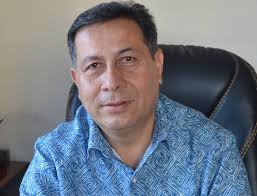
The project was conceived in the 1980s. However, the construction of the project began in 2008 with an aim to bring the water at the end of 2013. However, the board canceled the contract agreement with the Chinese Railway Company in 2012 following the contractor’s failure to meet the target. The second contract agreement was signed with Italian Company in 2013.
Melamchi Water Supply Development Board terminated its contract with China Railway 15 Bureau Group Corporation in September 2012 by executive director Krishna Acharya at that time. The company had constructed 6.5 km of the tunnel over three years.
Following the termination of the agreement, the government called retender and signed a contract agreement with Italy’s CMC Cooperativa Muratori e Cementisti di Ravenna for developing diversion tunnel and headwork of the Melamchi Drinking Water Project (MDWP) under which the contractor committed to complete the construction within 36 months or by June-July 2016.
With a minor dispute with the contractor, the government scrapped the contract with an Italian builder on January 21, 2019. Surya Raj Kadel, executive director of the Melamchi Water Supply Development Board, issued the notice. This move pushed the national pride project into limbo again. The positive side was that the Italian Company had completed almost 90 percent of the work when it left.
With the cancelation, Chinese company Sino hydro Corporation Limited has been employed to complete the remaining work-related to the tunnel.
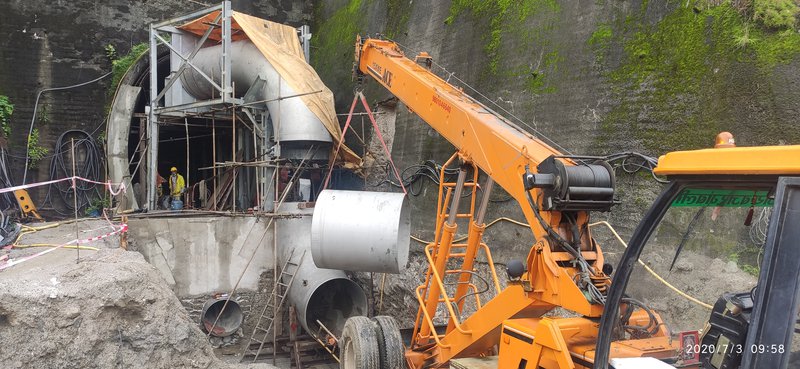
After the termination of the contract with an Italian contractor in January 2019, the construction work came to halt for eight months.
Tiresh Prasad Khatri, executive director of Melamchi Water Supply Development Board signed the contract agreement for the implementation of the work of supply, installation, construction, testing and commissioning within 15 months on October 11, 2019.
History of the Project
In 2000 AD, a loan agreement was signed between the government and the Asian Development Bank for the completion of the project by 2007. As the work could not move ahead as expected, the project was restructured in 2008 AD.
Envisioned during the last days of Panchayat and pronounced by prime minister Krishna Prasad Bhattarai in his election campaign in1991, the project got a push in his second tenure in 1998. The project finally came to fruition in 2020.
Stuck in several technical and managerial complications from early days, former secretary Hari Ram Koirala had made a breakthrough in 2008 dividing the Melamchi Water Supply Project into two parts, Transmission and Distribution.
He also cleared the dispute over choosing between Norwegian and Finnish technical support by accepting the Finnish grant.
“When I was appointed executive director of the board in 2008, the project’s was stuck in the decision over the grant,” said Koirala.” It was a very critical period of the project. Had I not taken the decision, it would have not proceeded. Following the decision, the project kicked off.”
“Although it was delayed for several years, I am very happy to see the completion of the project. This is a great project for us. We have built our technical, administrative and managerial skills to launch mega projects in the future,” said Koirala. “There are so many achievements for technicians and we need to be proud of this.”
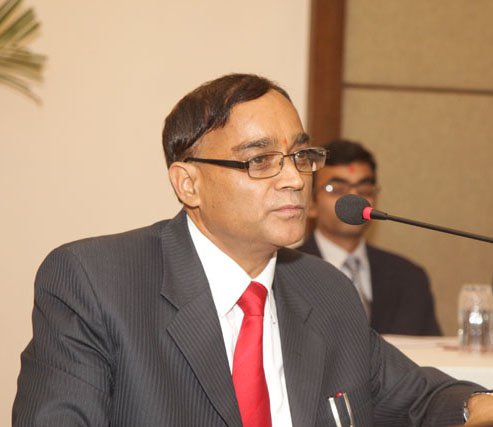
As per Koirala’s decision, the project was divided into two parts. Melamchi Water supply Development Board (MWSDB) was given the role of implementing agency for transmission part which includes Tunnel, water treatment plant and Social Upliftment Program.
The second component is the Kathmandu Valley Water Supply Improvement Project. It is carried out through Project Implementation Directorate (PID). This is responsible for the distribution part which includes the Bulk Distribution System, Distribution Network and wastewater Treatment.
Koirala’s predecessor Suman Prasad Sharma followed the decision taken by his predecessor and pushed the project. As Koirala left the project awarding the contract to a Chinese company, former secretary Sharma took the initial work before handing over it to Koirala.
"My time was used for design works, construction for project infrastructure and financial closing - including the restructuring of the project. I assumed the role of Project Manager when there was a corruption charge against then Prime Minister, Minister, Project Manager, etc. That led to the plight of Norwegian and Swedish funding creating a gaping hole in project financing. I had to work towards restructuring the project components and reprioritize works, which was later signed," said former secretary Sharma.
"It was one of the most make or break situation for the project itself - with the risk that the project financial closure could never be realized." “As the project is in the process of completion, it is a matter of pride for me as well as entire Nepalese technical experts involved in the project,” said Sharma, who retired as secretary.
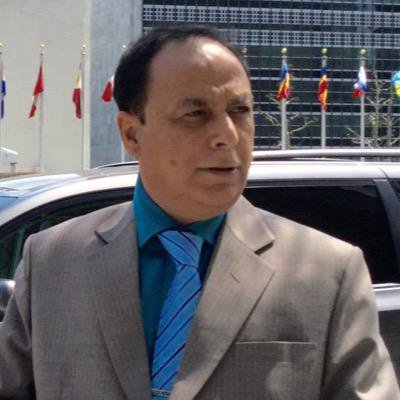
Ghanshyam Bhattarai will be remembered for pushing the construction of tunnel work. Surya Raj Kandel took a baton from Bhattarai at an atmosphere of uncertainty following the major earthquake of 2015 followed by border disruption. He successfully guided the project till tunnel breakthrough in April 2018 aiming to complete the project by August.
Following the earthquake, the work halted for almost six months. There were backlogs. However, the project marched in the right direction. Kandel, who led the tunnel breakthrough, also issued a termination of the contract. Following a controversy over a decision to stop the foreign workers of the Italian Contractor at TIA in December 2018, CMC abandoned the project.
As the Italian contractor left in December 2018, the work halted till October 2019 before awarding the contract again to a Chinese company. With the surge of coronavirus in 2020 and 80 days of lockdown from March 24, the pace of work slowed down. Having worked for a long time in the project, Executive Director Khatri was able to push the project even at lockdown.
From the initial period of late Dinesh Chandra Pyakurel as a project chief, Melamchi Water Supply Board got 14 directors in the last two decades. All of them have contributed to carrying out the project.
Passing through various upheavals, Melamchi Drinking Water Project is now at the final stage of operation. As the project has started testing and commissioning of the over-27-kilometer tunnel, treatment plants and new water distribution systems from the first week of July, the taps of some parts of Kathmandu valley have already received the water from Melamchi.
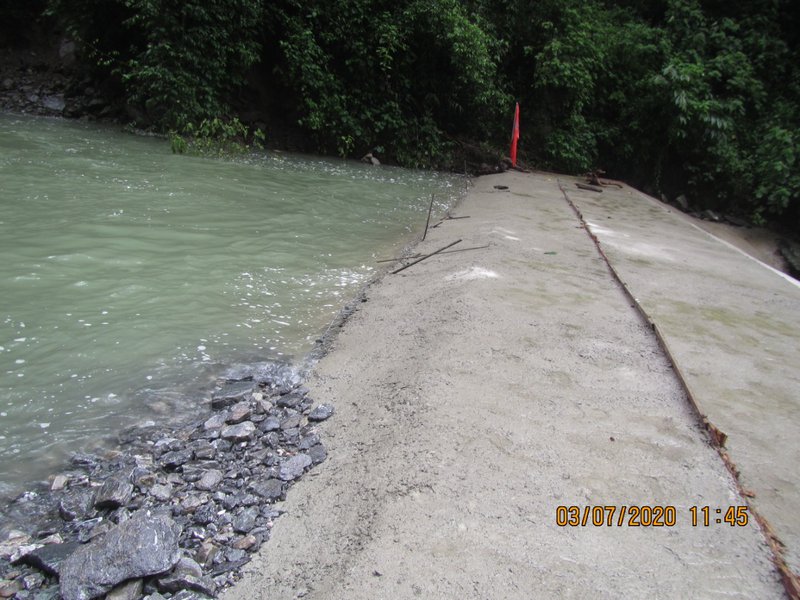
Testing, including backwashing mechanism, is provided in the filtration unit to facilitate periodic cleaning, bulk distribution systems, which comprise 54 km of mostly gravity-fed mains for bulk water transmission, ranging from 300 mm to 1400 mm diameter and the various distribution network laid across the Valley.
Informing about the progress of the project in a meeting of the Development and Technology Committee of the House of Representatives, Minister Magar said the ministry had already formulated a plan to complete the construction of all physical infrastructure, testing of new bulk distribution systems in a stage-wise manner. She also said that the testing of the entire infrastructure including tunnel, bulk water distribution system will complete within a year.
Minister Magar said that the construction work is now going smoothly and much physical work will complete within a month. She said that testing of tunnel and bulk distribution system is a technically complex process and it will be time-consuming.
Despite the long lockdown caused by COVID-19, resulting in a shortage of labor, Melamchi Drinking Water Project has made a major breakthrough in finishing the tunnel and other construction work.
Attending the meeting, secretary at the Ministry Belbase said that there is the need to maintain a standard technical protocol in commissioning and testing the tunnel and bulk water distribution systems.
He also said that the testing of bulk distribution systems will also start in a phase-wise manner. He added that the distribution of water will start during the entire technical process if the pipe system works.
The project has made about 97 percent progress so far with the completion of the alternative water diversion system and water treatment plants while infrastructure connecting the tunnel and treatment center is about to complete. Headworks construction has witnessed 70 percent progress.
Of the structures of headworks, construction of cofferdam, DI pipeline and six hydro-mechanical gates have completed while the erection of hoists and control panels and construction of stilling basin and intake are underway. Out of 27.584 meters, the length of tunnel work is finished.
Started with a cost of 355 million dollars, ADB and GoN are the major contributors, with 45.60% and 29.10% contributions to the total budget. Other organizations such as JICA, JBIC, PDF and OPEC have also sanctioned loans to the project, with 5.10%, 13.40%, 2.90%, and 3.90% respective contributions to the total cost.
The main objectives of the Project are to alleviate the chronic water shortage in Kathmandu Valley on a sustainable, long-term basis, and to improve the health and well-being of its inhabitants.
The Project also seeks to develop a comprehensive institutional framework for water resource management within the valley. The Project involves the transfer of water from the Melamchi Valley into Kathmandu Valley through a diversion scheme with a 26-kilometer tunnel.
Reform Process
The project infrastructure development has come to an end. The government has agreed to provide the necessary budget for social and environmental support.
The challenges are institutional reforms, and project implementation support. Infrastructure development included the Melamchi diversion scheme, water treatment plant, bulk distribution system, distribution networks, wastewater system, and a shallow groundwater well-field in Manohara.
Social and environmental support includes a social uplift program to mitigate project impacts and channel benefits to beneficiaries. A resettlement action plan and an environmental management plan have already been implemented to reduce and monitor any adverse social and environmental impacts.
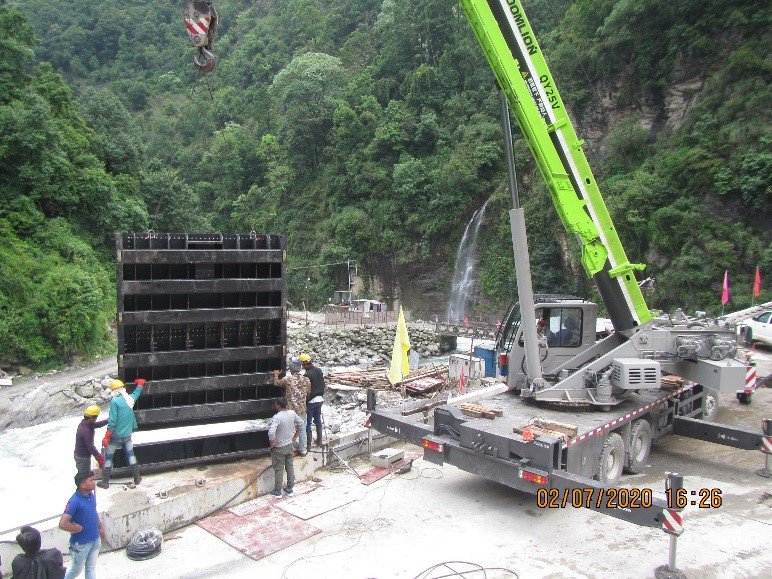
Under the institutional reforms, Kathmandu Upatyaka Khanepani Limited, a distribution body under the model of Public-Private Partnership (PPP), has already been established. Similarly, Kathmandu Valley Water Supply Management Board (KVWSMB), a regulatory body, has been constituted with an authority for comprehensive water resource management and establishing groundwater licensing in Kathmandu Valley.
Challenges Now
New institutions are added to regulate the water system in the valley and proper distribution of the water. However, they are yet to show their presence in the sector. KUKL replaced Nepal Drinking Water Corporation but the modality and management have remained the same. Except for the diversity of representation in the board, KUKL still is operating with the old mindset.
Established 10 years ago, KUKL is unable to reduce the leakage which is 40 percent due to old pipes. According to KUKL, the reasons include about 48 % of the network is older than 25 years; most Branches were not undertaking planned leak detection in their networks.
Despite taking 70 (18 – 200) repairs in the networks executed per month, it still faces the problem. The most common hydraulic Network Problems are undersized/high head loss, spaghetti connections, leaks and contamination, unplanned network, no construction standards.
To properly supply the water of Melamchi, the first and foremost challenge will be to reduce the leakage. Critics argue that there is no sense to add the water in Kathmandu valley without controlling the technical leakage.
They argue that only 100 million liter reaches houses out of 170 million liters. The shortage will continue. Although new pipelines were added all over Kathmandu valley replacing and renovating the old pipelines, it is yet to see how they serve the purpose.
Similarly, the function of KVWSMB is also not at par with the aim of the act as it is unable to stop rampant misuse of groundwater in the Kathmandu valley by private sectors.
The annual report of KUKL showed the complaints received by it related to limited supply, leaks & pollution and unequal distribution.
Currently, the duration of supply varies from an average of 3 h in the rainy season and 1 h 30 minutes in the dry season. Currently, water supplies from 1 hour to 9 hours in the rainy season and 30 minutes to 6 hours in the dry season. The department has a fair knowledge about the capacity of treated wastewater and the inhabitants connected to the system, with over 160,000 customers in the connection.
Given the present state and system, Kathmandu Valley’s system will still face a shortage even after fetching the water from Melamchi. With a high population density, the current supply duration will be around 2 hours daily after Melamchi.
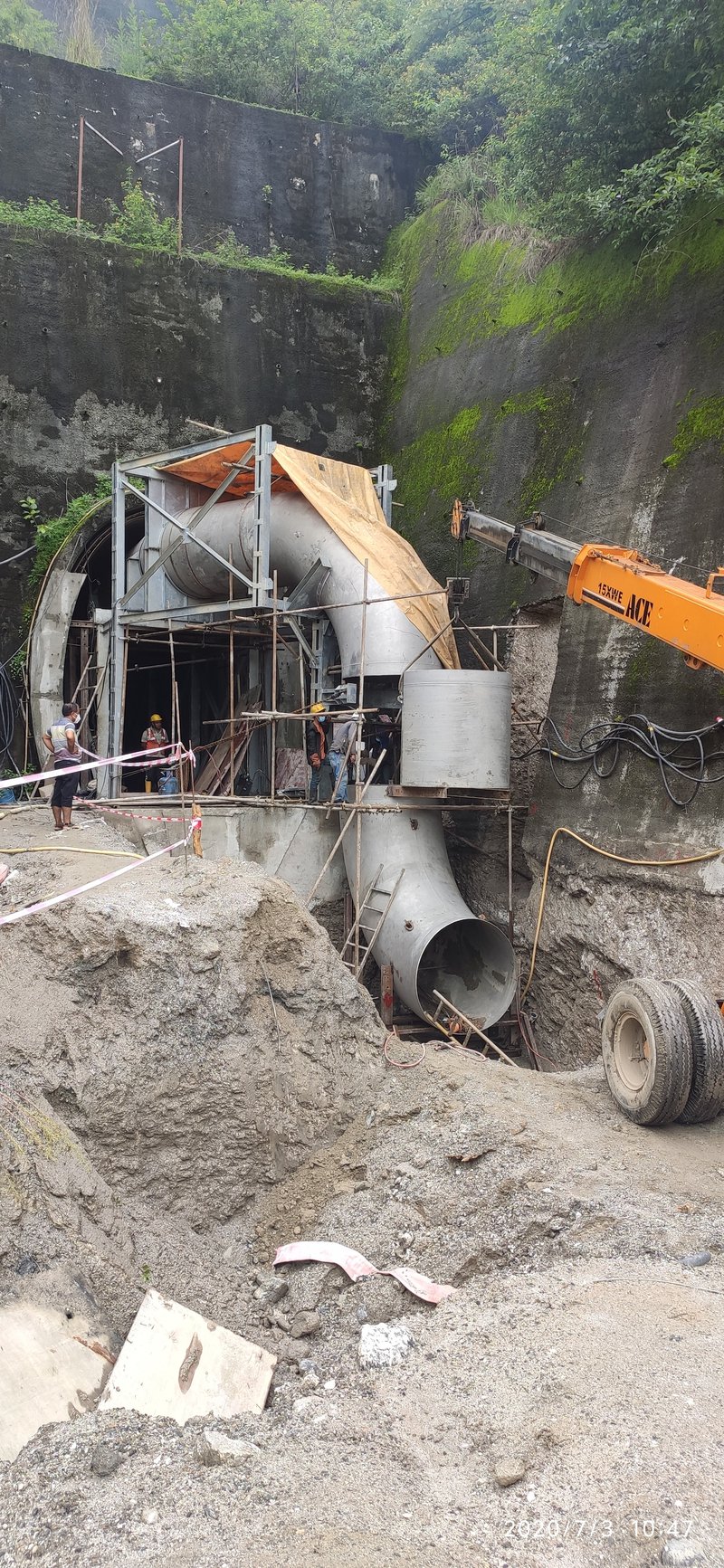
Although major challenges of construction of infrastructure are closer to completion, new challenges of distribution and management need to be overcome. Leadership in the ministry can make all the difference to change the water supply pattern, set by Bir Sumsher. With the political commitment of Minister Magar and with the vision and technical capability of secretary Belbase, both can make a difference in the water supply system of Nepal.
History box
1970 -A committee to address the water crisis in Kathmandu Valley formed
1988- British Company identifies Melamchi River as a top priority
1997 - Formation of Melamchi Water Limited
1998 -Feasibility study, DPR and formation of Melamchi Water Supply Development Committee
2000 - Loan agreement of Rs 120 million signed with ADB with a completion target of 2007
2008-Project restructured
2009 - Contract agreement with China Railway 15 Bureau for tunnel work
2012- Chinese company announces unilateral contract termination, government scraps contract subsequently
2013- Italian contractor CMC appointed for remaining tunnel work
2016 - New deadline of June 2018 set

Keshab Poudel
Poudel is the editor of New Spotlight Magazine.
- ETFC Nepal is focused on expanding distribution and transmission to the private sector: ETFC Chair Dr. Dhital
- Jul 05, 2025
- FOURTH PROFESSOR Y.N. KHANAL LECTURE: Nepal-China Relations
- Jun 23, 2025
- Colonel JP CROSS: Centenary Birthday
- Jun 23, 2025
- REEEP-GREEN: Empowering Communities with MEP
- Jun 16, 2025
- BEEN: Retrofitted For Green
- May 28, 2025















